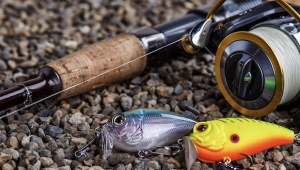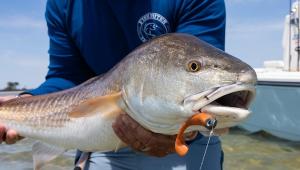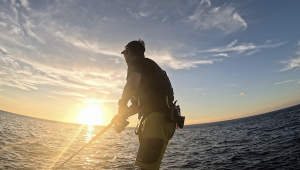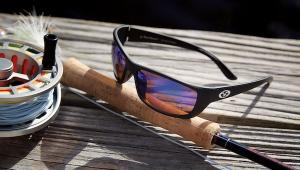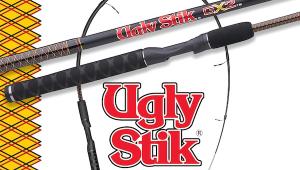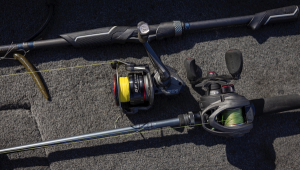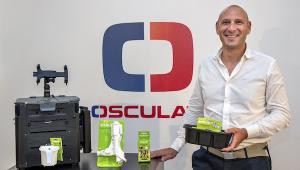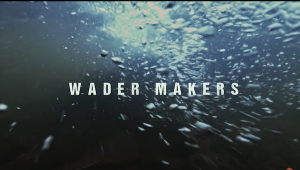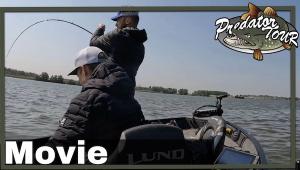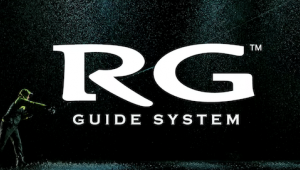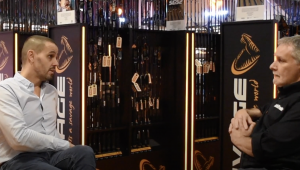Why the science of sound brings success
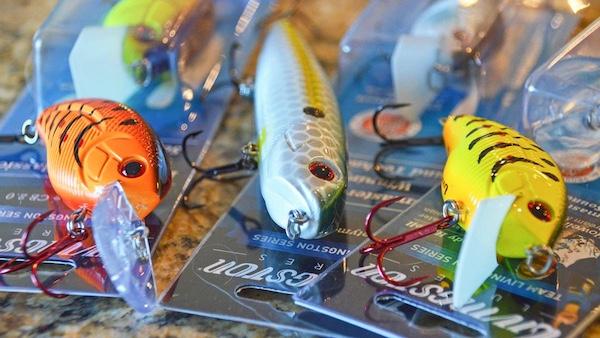
We all know that great-looking lures catch fish. But they are even more effective when they sound right. Livingston Lures has pioneered this field with its EBS Smart-Chip Technology, promising the natural, biological sounds of bait fish.
Livingston Lures is heralding in a new age of fish attraction, one that sees lures made of plastic, paint and beads evolve into fish magnets that include the replication of real, natural sound.
The firm’s proprietary Electronic Baitfish Sound Technology emits the biological sounds of real baitfish, activating as soon as a Livingston Lure comes into contact with the water.
The lure looks, acts and sounds like a naturally occurring food that a fish might find attractive – enticing more fish and, crucially, more strikes.
Sounds amazing
Hundreds of scientific studies have proven fish hear both natural and unnatural sounds. That’s why lure manufacturers in the 1970s added beads to create low frequency noise. Now, 40 years later, Livingston has perfected sound technology, transforming artificial bait into virtual live bait, thanks to EBS Technology.
More importantly fish can differentiate between unnatural and natural sounds produced by baitfish.
According to a report called Effects of Mid- and High-Frequency Sonars on Naval Undersea Center Division, produced in February 2008: “The auditory system is particularly important for aquatic vertebrates when visual orientation is restricted. Sounds from different sources provide them with information relevant for survival, eg finding mates and prey or avoiding predators.
“Acoustic signals in water travel very rapidly, travel great distances without substantially attenuating (declining in level) in open water, and they are highly directional.”
“Besides being able to detect sounds, a critical role for hearing is to be able to discriminate between different sounds (eg, frequency and intensity), detect biologically relevant sounds in the presence of background noises, and determine the direction and location of a sound source in the space around the animal.
“Vision is often most useful when a fish is close to the source of the signal, in daylight and when the water is clear. However, vision does not work well at night or in deep waters.”
The majority of sounds produced by fish are low frequency, generally from 45Hz to 300Hz. Electronic Baitfish Sounds emanate at 100Hz and 7dB, the threshold of hearing for bass and most other fish.
“Initial trials on largemouth bass show there is an apparent greater detection distance (several metres) for your lures that is independent of the model shape or colour,” explained Dr Thomas B. Hardy, PhD, Chief Science Officer, The Meadows Center for Water and the Environment, Texas State University.
In tests on non-rattling and rattling baits, fish that responded swam to the bait but did not strike. The fish were not only called (by Livingston Lures’ EBS) from further away but actually struck the lure when they got close enough to do so.
The scientific difference
Every Livingston Lure is based on science, proving fish use both visual and audible senses to track and attack prey—with audible senses playing the most significant role in the strike.
They all mimic prey using colour, action and sound for enhanced attraction. The better they do it, the more fish you catch.
Livingston Lures trigger instinctive strikes once the fish are in sight range while the effective strike zone is doubled through EBS.
It has been using State-of-the-art design and Smart Chip EBS Technology since 2013, calling fish from beyond their sight, making Livingston Lures very effective in dark and dirty water.
It’s so effective, Livingston Lures is currently undergoing several studies by PHD students in universities across the world while one key fishing highlight was pro-staffer Randy Howell winning the prestigious Bassmaster Classic 2014 on the Howeller DMC Guntersville Craw pattern.

- Log in or register to post comments

